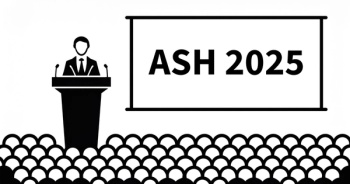
Rationale for using CD38-Targeted Antibody in RRMM
Paul G. Richardson, MD:In the context of monoclonal antibody therapy, we have the success of isatuximab in the relapsed/refractory space, building on the already very well-established role of daratumumab. Building on the daratumumab experience at the ASH [American Society of Hematology] meeting [in 2019] have been some really nice data. In the upfront space, I think the most interesting information came from the GRIFFIN trial, for which we used lenalidomide, bortezomib, and dexamethasone combined with daratumumab as an induction regimen prior to transplant, followed then by a daratumumab-based consolidation maintenance strategy in 1 arm versus, obviously, RVd [lenalidomide, bortezomib, dexamethasone] without daratumumab in the control arm. The trial showed clinical benefit by virtue of high-quality response and MRD [minimal residual disease]-negativity to the inclusion of daratumumab.
Beyond that, we’ve had excellent data in the CANDOR trial comparing carfilzomib, daratumumab, and dexamethasone to the control group of carfilzomib and dexamethasone. The trial basically showed that this particular combination is extremely active, very importantly, in high-risk patients. It appeared to benefit patients. There was an important caution around some of the adverse effects seen, but again, all of these appeared to be generally manageable. And so, in that context, I thought these were very important data, especially as one thinks that carfilzomib plus pomalidomide, for example, is now a very widely used platform in relapsed/refractory disease.
This opens the door to thinking in terms of carfilzomib, pomalidomide, dexamethasone, and daratumumab. And in the same spirit, actually, a trial of pomalidomide, bortezomib, and dexamethasone combined with daratumumab is about to be launched in the cooperative group mechanism. In that space, it’s important to note that pomalidomide, bortezomib, and dexamethasone combined with daratumumab is a particularly attractive option given the data we have, especially when one thinks about cost. Obviously, with bortezomib being substantially cheaper now that it’s generic, this obviously is an attractive option.
Transcript edited for clarity.








































